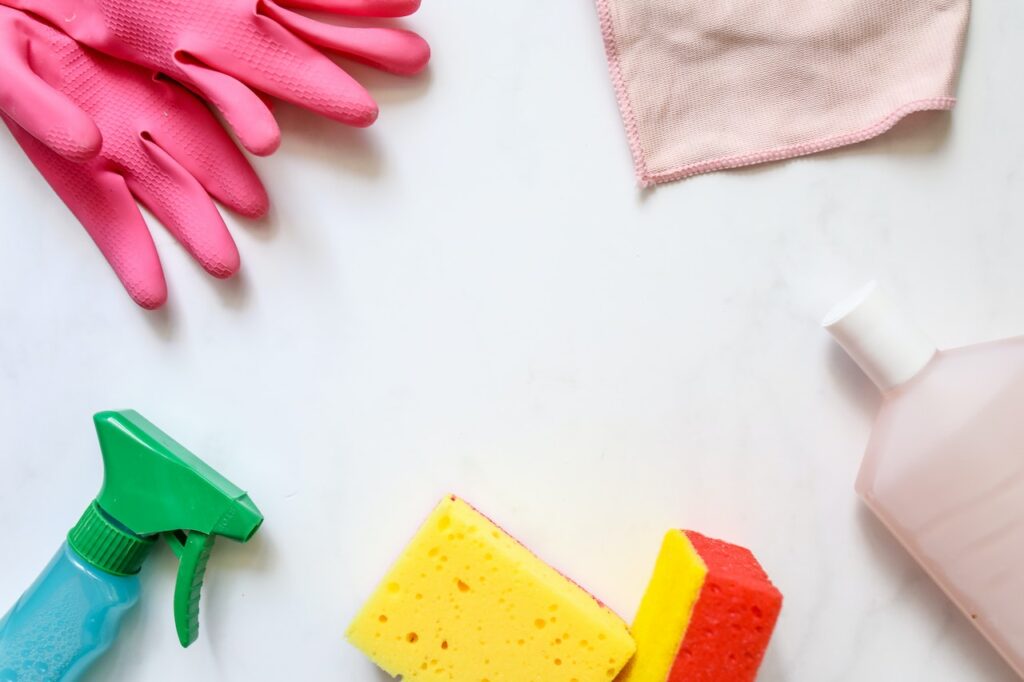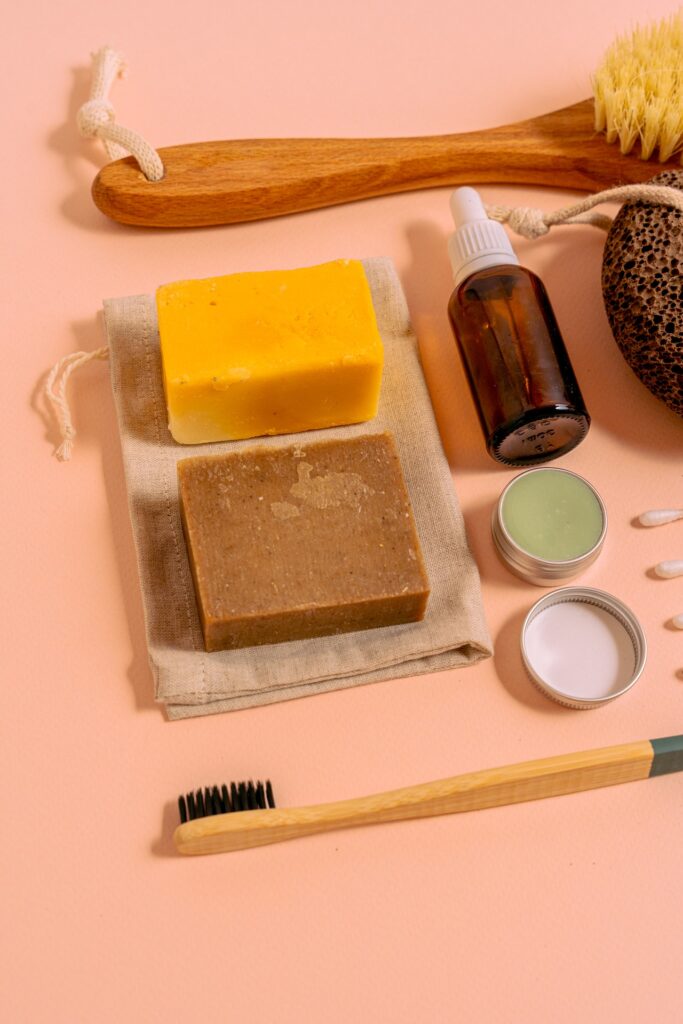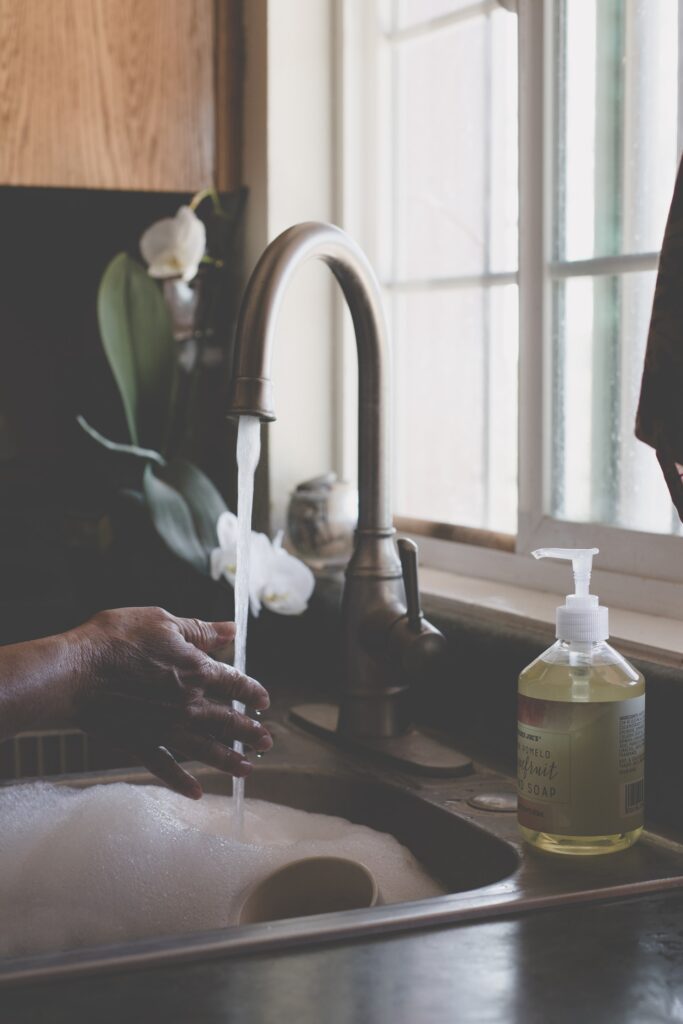As an Amazon Associate we earn from qualifying purchases.
If you own a sous vide cooker or have cooked delicious recipes with this special cooking method, you would know that even warm water ovens and circulating cookers can get dirty. Learn how to clean sous vide, so you keep making new recipes.
Quick Navigation
How to Clean a Sous Vide Cooker
A sous vide cooker consists of an immersion cooker and a water basin. You can clean it well by using a few tips that help remove watermarks and even ensure the machine’s longevity. The vacuum-packed food in bags does not cause any staining. Moreover, there are no oil or fire marks on the cooker. Even so, regular cleaning will ensure that your machinery stays new and in perfect working condition.

Whichever setup you use, cleaning will not take a long time and therefore must be done after each use. Sometimes there are salt and calcium deposits on the walls that can spoil the look of your water ovens. If you clean this special equipment after every use, it will take a little time.
Cleaning the Sous Vide
The few steps of cleaning the special cooker will only take a few minutes and can add more life to your equipment:
- Switch off the electric supply and unplug the machine
- Use a damp cloth to wipe the water basin clean from the inside and outside
- The immersion cooker heads should not be washed as this can damage the machinery
- Use a dry cloth to clean the base of the cooker well
- Some immersion cooker models can be opened to remove the long circulator
- You can open it up and wash it from the inside as well
- Use a soft toothbrush to clean the inside of the immersion circulator and close it again
These steps are for cleaning the sous vide after each use. Pots and pans for conventional cooking get grease, food, and even burn marks due to the high flame and open cooking. However, since the vacuum seal of the bag keeps the food from getting exposed to the water or the cooker, there is minimal cleaning involved.
In the Case of an Open Bag
If a sous vide bag bursts open or get punctured, the contents of the bag will mix with the water and may need a deeper cleanse. If this happens, make sure that you deep clean the water oven and the circulator. You can wash it with detergent, vinegar, and even an antibacterial spray.
You can use it to prepare another meal when the surface feels clean and free from any grease or spice. If you are preparing more than one portion and there are several bags under water at one time, be sure to clean all the sous vide bags as well.

Removing Scale and Water Marks
You may have noticed that the plastic or steel water oven basin gets white marks on the inside after a few uses. This happens if the water in your area is treated with chlorine and has calcium content. The scale marks are like white lines that tend to harden over time. You can clean these marks with the help of a detergent and vinegar.
- Soak a cloth in detergent and vinegar mix
- Rub the cloth on the inside of the walls where white marks have appeared
- Leave the mixture on the marks if they have become hard
- Wash with the help of a brush
Another way of removing the mineral scale is to add water and vinegar in equal quantities to the water oven. This mix should cover the scale build-up marks completely. Switch on the cooker and let the water and vinegar mix circulate until the marks fade away.
Cleaning the Vacuum Bags
If you purchased silicone bags specially designed for sous vide, you could reuse them after many uses. However, how do you clean these bags? These vacuum bags hold different kinds of raw meats, vegetables, seasoning of all kinds, and even oily ingredients.
Cleaning these bags is essential as you can reuse them as long as they are clean. The best way to do this is by soaking the bags in water and then washing them thoroughly with detergent and a sponge. Make sure that none of the detergents remains in the bag, as it can spoil the quality of the food that you prepare in the bag.
Cleaning the Vacuum Sealer
The vacuum sealer is one part of the sous vide equipment that can get dirty. This part is exposed to juices from the bag, along with any kind of spice, oil, or even marinade sauce that you use. The regular cleaning of your equipment includes the cooker as well as the sealer. If you use a Food Saver machine or similar models, here is an easy way to clean the sealer.

- Unplug the machine
- Wipe the surface, buttons, and even the vacuum channel
- You can remove the drip tray and clean the base of the vacuum sealer
- Wash the drip tray thoroughly to remove any liquid or residue
- Use an antibacterial soap to wash the tray
- Only plug the equipment into the electric supply after it has dried completely
The Chamber Sealer Cleanup
Apart from the electric vacuum sealer, chamber sealers are also widely used to vacuum the bags. This is simpler equipment as it only has a hollow chamber that can be cleaned with a damp cloth and antibacterial spray.
How Often Do You Deep Clean a Sous Vide?
Regular cleaning after each use is a must. However, how frequently should you deep clean the cooker and the water oven? Deep cleaning this equipment would require heavy-duty washes like any calcium, rust, and lime remover that you can get from any market.
This compound can help remove stubborn mineral buildup in the water oven and even in the immersion circulator. If you use the cooker many times a week, keep this deep cleaning routine every fifteen days or once a month.
Conclusion
Learning how to clean sous vide can help ensure the long life of your equipment. Moreover, the functions will remain smooth, and you will be satisfied with using a clean cooker every time. You can clean the cooker and setup after every use and deep clean it at least once a month.
